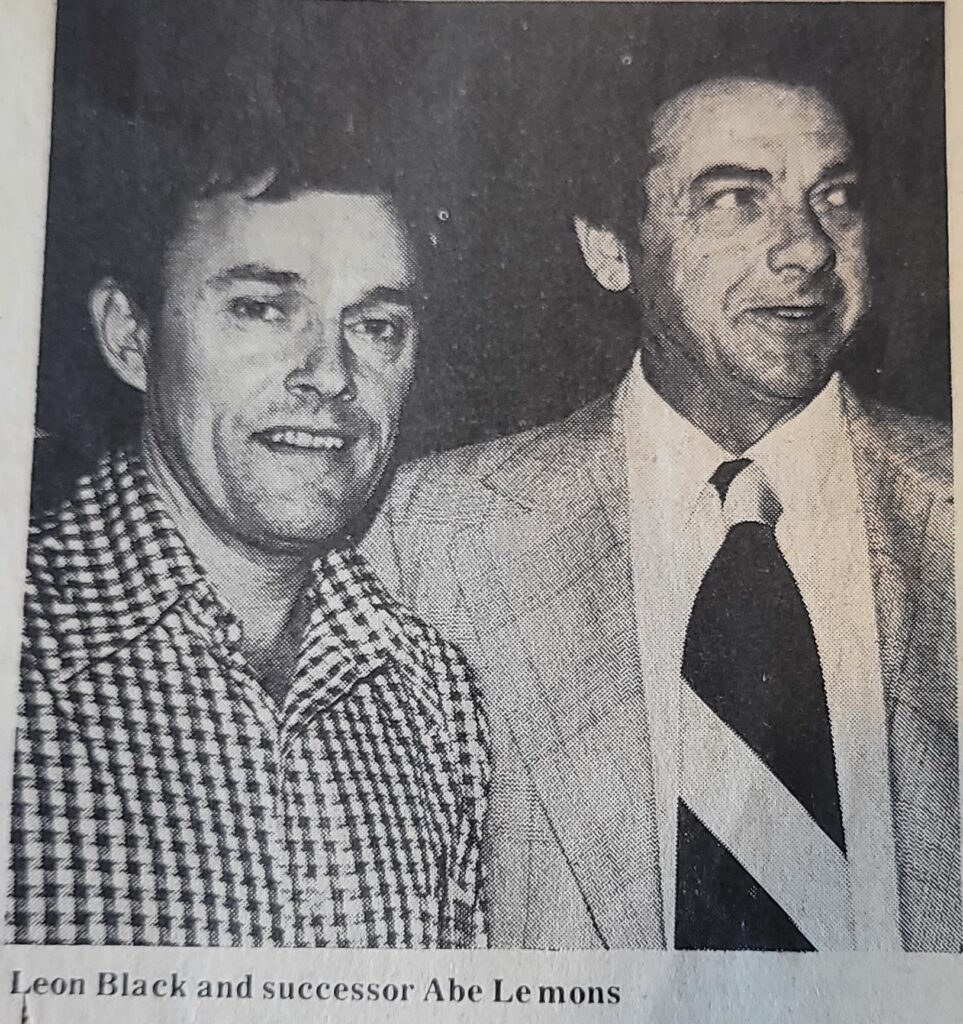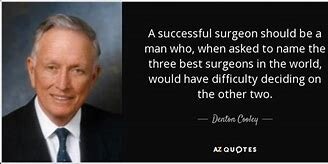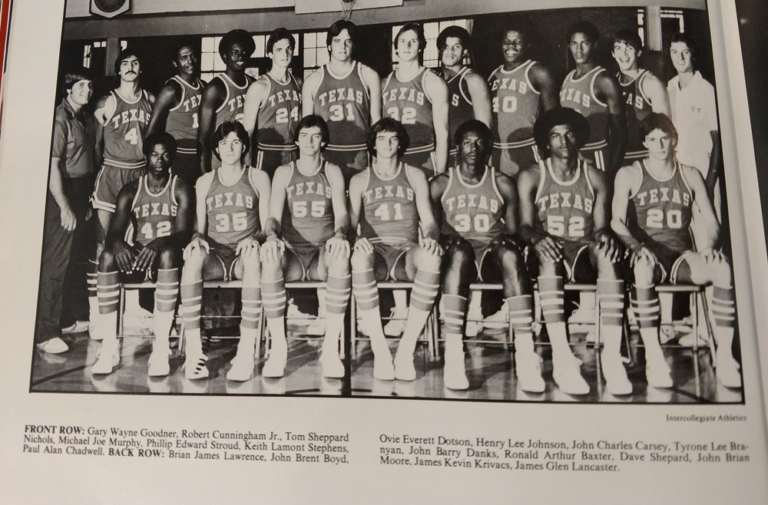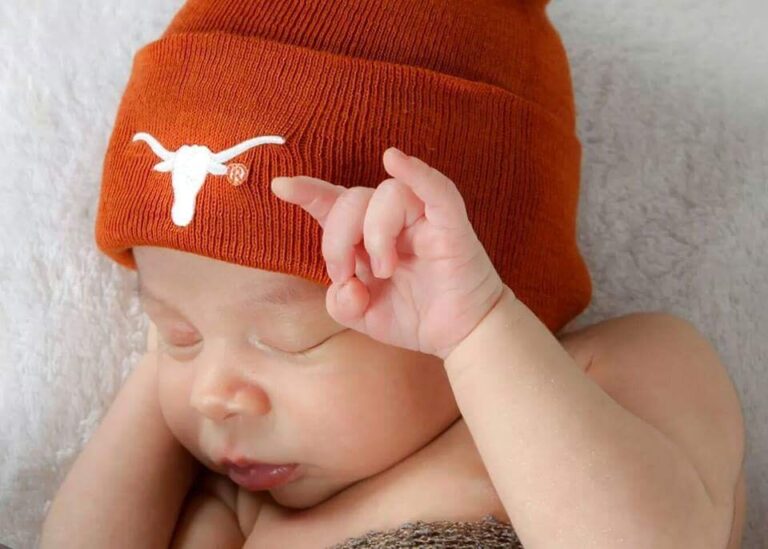Coach Leon Black- race, facilities, and income hold Longhorn basketball down,
in the 1960s and 1970’s race, facilities, and Image hurt recruiting at Texas
In the 60’s and 70s, Texas lost many great African American basketball recruits due to UT’s history of racial intolerance. Harold Bradley experienced this rejection first hand. Twice Coach Bradley thought that he had crossed the race barrier, but he failed. James Cash was his best chance to recruit a black athlete. To show his commitment to Cash, he visited the Austin City Council and urged the human rights commission to show that Texas improved race relations. Unfortunately, Cash chose TCU over Texas.
Coach Bradley was also so convinced that Lew Alcindor would attend Texas he had a preliminary press release written. But, with a sense of understanding, Bill Little said of Coach Bradley’s plight, “there were legitimate concerns on how do you integrate when you’ve had nothing that is an example of it.”
From 1959-1976 the Longhorn basketball teams only participated in 4 NCAA tournaments and only won the SWC championship four times in 17 years.
Racial issues were not the only barrier to great basketball at Texas. When the national interest in college basketball grew exponentially, the Longhorns played in a small, uneconomical, and antiquated facility (Gregory Gym) at a University that thought football was the only NCAA sport.
Economics
Coach Black said that “Texas could only guarantee a visiting team $1300.” A ridiculous amount even in the ’60s. Few great basketball teams from the East or West coast chose to play Texas in Austin with a guarantee to lose money. Recruiting great athletes to play in Gregory was nearly an impossible task. The same with great basketball high school athletes who chose to play at Universities with large fan bases in arenas that reflected the proper respect for the sport of basketball. Texas had neither.
UT Media
Then, UT’s in-house media department made a huge mistake that promoted UT as a two-sport school- Fall football and Spring football. Coach Black said, “We always had that back seat.” “Every time I went to recruit somebody, they had that article. And the recruit said, ‘Why should I come to Texas? Here’s your SID saying there are two sports at Texas, and basketball is not one of them.”
The Plan
Coach Black said that The UT Administration, coaches, and donors were all aware of these structural recruiting handicaps. So, the UT decision-makers focused on rebuilding perceptions, realities, and facilities for the next ten years. The photo below is Dan Krueger and Leon Black with the new basketball skeletal structure in the background.
“RIP to Austin’s Frank Erwin Center (1977-2023). The Center and adjacent Cooley Pavilion is being demolished at a cost of $25 million. The demolition will make way for the expansion of UT’s Dell Medical School. The Erwin Center served as the home for the Texas men’s and women’s basketball teams for 45 years and hosted many concerts. It was replaced by the Moody Center a couple of blocks north.” (Jay Janner/AustinAmerican-Statesman.)
It’s 46 years almost to the day that Texas beat Oklahoma in the first basketball game played in the Frank Erwin Center (November 29,1977).
Designed by Wilson, Crain and Anderson, who also worked on the Astrodome, the Special Events Center opened in 1977 at a cost of $34 million; it was renamed the Frank Erwin Center in 1980. In addition to hosting games, graduations, rodeos, and circuses, many famous performers graced the Irwin Center stage, including David Bowie, Tina Turner, Bruce Springsteen, Earth Wind and Fire, Pearl Jam, Def Leppard, KISS, Pink Floyd, Radiohead, and too many others to list here.”
1967- 1968 11-13 RECORD COACH LEON BLACK
A Montage of Billy Arnold’s playing days as a Longhorn.
The team finished 2nd in the SWC. Arnold and OverBeck were All SWC with Arnold setting a conference record scoring 311 points. Overall there were 16 Longhorn records set this year by Longhorn players. Coach Black’s coaching style leads the way.
1968-1969 9-15 RECORD COACH BLACK
With only 10 team members, Coach Black chooses to slow down the offense. The strategy did not work. The Horns had the worse season since 1959 and finished 6th in the conference.
Visiting teams at Gregory Gym only receive a $1300 guarantee, so the great teams refuse to play the Longhorns in Austin for such a paltry sum. 7 of 10 non-conference games are played on the road. Kurt Papp leads the team in scoring.
1969-1970 11-13 RECORD – COACH BLACK
Texas is listed in the pre-season top 20 nationally but never fulfills that destiny. Coach Black changed the offense and defense to a fast-breaking and pressing game. Wayne Doyal leads the team.
Sam Bradley was on the freshman track team, and Leon Black asked him to join the basketball team. He is the First African-American to play basketball at Texas.
Sam Bradley Is the First Black Athlete To play Basketball At Texas.
Wayne Doyal Is A Three Year Starter And Second In Scoring As Of 1970.
1970- 1971 12 – 12 RECORD COACH BLACK
Eric Groscurt and John Wilson missed the whole year due to injuries. Then Mike Dukes was lost in mid-season, and Sammy Hyde left the school at semester break.
MOMENT NO. 63
Dec. 1, 1970: Lynn Howden sets the UT single-game rebounding record with 24 boards in an 80-78 home loss to Florida State. Howden’s mark still stands today.
Jimmy Blacklock transfers to Texas and leads the team in scoring.
The team ends in a 5th-place tie in the SWC.
STEER FORWARD, RALPH ELLIOTT WAS KILLED IN A CAR ACCIDENT. HORNS UP!!
STEER FORWARD RALPH ELLIOTT IS KILLED IN A CAR ACCIDENT.
Horns up!!!! Ralph Elliott
Larry Robinson is the first Black athlete to sign a letter of intent to attend Texas. On The Freshman Team, he scored 55 Points And collected 28 Rebounds In A Win Over TCU.
1971- 19-9 RECORD COACH BLACK – CO-CHAMPS WITH SMU and make the SWEET 16.
MOMENT NO. 92
Jan. 22, 1972: Larry Robinson hits a 15-foot jumper with one second left to lift Texas to a 77-75 victory at Baylor.
Harry Larrabee and Larry Robinson
While All Of Larry Robinson’s Records Have Been Eclipsed, He once Held Most Of The Scoring And Rebounding Records At Texas. Twice SWC Player Of The Year, He Scored Double Digits In 59 of 64 Games.
Jimmy Blacklock
Despite being demoted at the end of the 1972 season, Jimmy Blacklock’s career at Texas was a success. He and Larry Robinson helped pave the way for the full integration of the University of Texas basketball Athletic program.
Blacklock played for the Globetrotters for 13 years.
Horns have an impressive non-conference record. Redshirts Groscurth and Wilson returned to the team to join Blacklock and Robinson. This year, a mid-season slump did not slow down the Horns.
Texas Football Players Are Accused Of Attacking Some A & M Cadets at a Basketball Game.
Larry Robinson Is SWC Player Of The Year
MOMENT NO. 10
March 11, 1972: Larry Robinson posts 23 points and grabs 14 rebounds despite playing on a broken foot as Texas upsets No. 19 Houston 85-74 in an NCAA First-Round game in Las Cruces, N.M. The win was one of the most important of the Southwest Conference era, dominated by the Cougars’ rise to prominence in the late 1960s. It is still one Of The Biggest Wins In Longhorn Basketball History.
Brosterhous (shoulder), Lynn Howden (ankle), Scooter Lenox (ankle), and Robinson were all banged up for the Midwest Regionals. Sports Illustrated’s Curry Kirkpatrick wrote that the Midwest Regional “is the battle of the four C’s – the Cards, Cats, Cajuns – and Cripples.”
Coach Black had to resort to a zone defense to play Howden and Robinson for any length of time. The Wildcats pulled away in the last 4 minutes for a 66-55 win.
1972-1973 13-12 RECORD COACH BLACK
Texas lost to Memphis State, the runner-up to the national championship, 80-79. Texas did not break 100 points in any game this year. The Horns ended the season winning 7 of 10 games, but they needed those wins to place 5th in the conference.
MOMENT NO. 57
Dec. 11, 1972: Larry Robinson records 26 points, and four other Longhorns reach double figures in scoring as Texas defeats Memphis State 80-79 at the Mid-South Coliseum in Memphis. The Tigers eventually played for the National Championship that season, falling to Bill Walton’s UCLA Bruins in the first primetime telecast of an NCAA Basketball Championship game.
The Horn’s chances of winning the SWC are diminished when Larry Robinson hurts a knee in the Oklahoma game. The irony is that this team at 13-12 was 5th in the SWC this year, and the next year, they are 12-15 and undisputed SWC Champs.
1973- 12-15 RECORD COACH BLACK AND UNDISPUTED SWC CHAMPS
bottom- Larrabee, Krueger, Lapeyre, Bauerschlag – second row- Baker, Davis, Weilert, Johnson Parson, third row – Day – trainer, Fisher manager, Price Robinson, Johnson, Voegele, Ward manager
The Longhorns are short in height. This is one of the shortest basketball teams in Division I Basketball, and they start the year with Robison coming off knee surgery. Horns run their way to the SWC championship. They lost their first 9 games and were 1- 11 in non-conference play before finally putting together a competitive team. Dan Krueger was the surprise player of the year with his outside shooting.
The Horns lost to Creighton College in the first round of the NCAA tournament. Robinson is the SWC’s MVP.
Black is named Coach of the Year in the SWC.
Harry Larrabee said about this year, ” this team doesn’t make sense….We lose two conference games at home and only one on the road. We beat TCU by 51 points and then lost to them by one… I don’t know what it means. I quit trying to guess.”
1974- 10-15 season RECORD- It was a TRIAL AND ERROR year
Coach Black uses all 12 players this year but concedes, ” No team in the history of basketball has ever won using that many players, but we were in a situation in which everyone was equal.”
Dan Krueger has a great year and Black returns all starters but Tyrone Johnson.
The team finishes with a 5th place finish in the SWC.
1975– 9-17 RECORD COACH BLACK – placed 8th in the conference
Stating that he could not recruit big men to Texas, Coach Black resigned after this season. The Cactus states that Coach Black is “a great guy, a good coach, but a poor recruiter.”
Larry Robinson breaks his kneecap, and afterward, the season goes downhill.
Coach Black protests that two high school athletes were bribed by Texas A&M. The SWC Commissioner investigates, and the media castigates Leon Black. Coach Black responds to all the threats he receives by resigning. Coach Black says, “I love coaching, but it’s all the things that go with coaching that have become very distasteful to me.”
Leon Black was premature in doing the right thing by lodging a complaint about two Aggies getting $6000 each and a washer and dryer for their parents. If he had made this same complaint 10 years later, in 1985, when the NCAA was all over the SWC for compliance infractions, everyone, including the media, would have supported his courage to come forward.
Houston Cougars Join The SWC. This is the First Year For The Post Season SWC Tournament. George Breathalyze Of The Austin American Statesman Questions The Motives Behind The Tournament by saying, ” Eternal Hopes Means Extra Gate Receipts.” There is Always Hope by The Worst Team In The SWC during the Regular Season that they can Win The SWC Tournament.
TOP SONG 1976
Reflection Point- Coach Leon Black
In most cases, great coaches are determined by either their won/loss record, successful runs at the conference championship, or national championships.
Unfortunately, those standards tend to celebrate transitory successes and minimize coaches’ long-term accomplishments. Winning should never be the only ingredient that defines a great coach. Poor coaching records are sometimes a reflection of uncontrollable events and insurmountable obstacles that are not coaching-related. Coach Black was challenged with this predicament.
History does a much better job of judging the full impact of a coach’s accomplishments, and from that prism, Coach Black passes the test of greatness. Changing the culture from losing to winning with a poor gym and racial conflicts is a long-term proposition requiring a pioneering spirit, persistence, vision, and insight. The process is slow and ugly.
Coach Bible in football in the late 1930s, and Coach Black experienced slow and ugly. Coach Bible’s first three-year record was 8-18, and Coach Black’s record was 31-41. While Bible turned the Texas football program around during his tenure, Coach Black did not.
However, it is no accident that Coach Black’s replacement, Abe Lemons NIT championship, had Coach Black’s signature all over it. Abe’s wins were set in motion by Coach Black a decade before.
In a 2015 Daily Texan article discussing race, Coach Black says, “Look how far we’ve come.” “We’ve come so far that it doesn’t matter. You look for the best coach. If he’s black, he’s black; if he is white, he is white……………………..I think we’ve come that far.”
We could not have come “that far” without Coach Black’s pioneering spirit. Pioneers set the tone, and Coach Black was a tone-setter.
Horns UP!


































